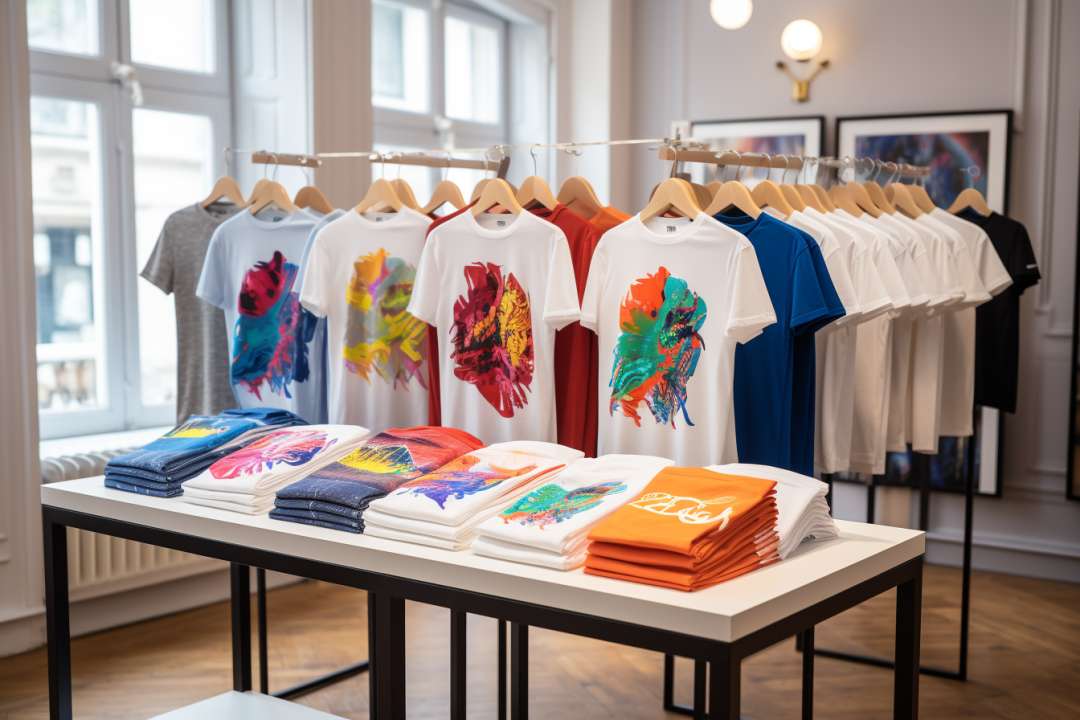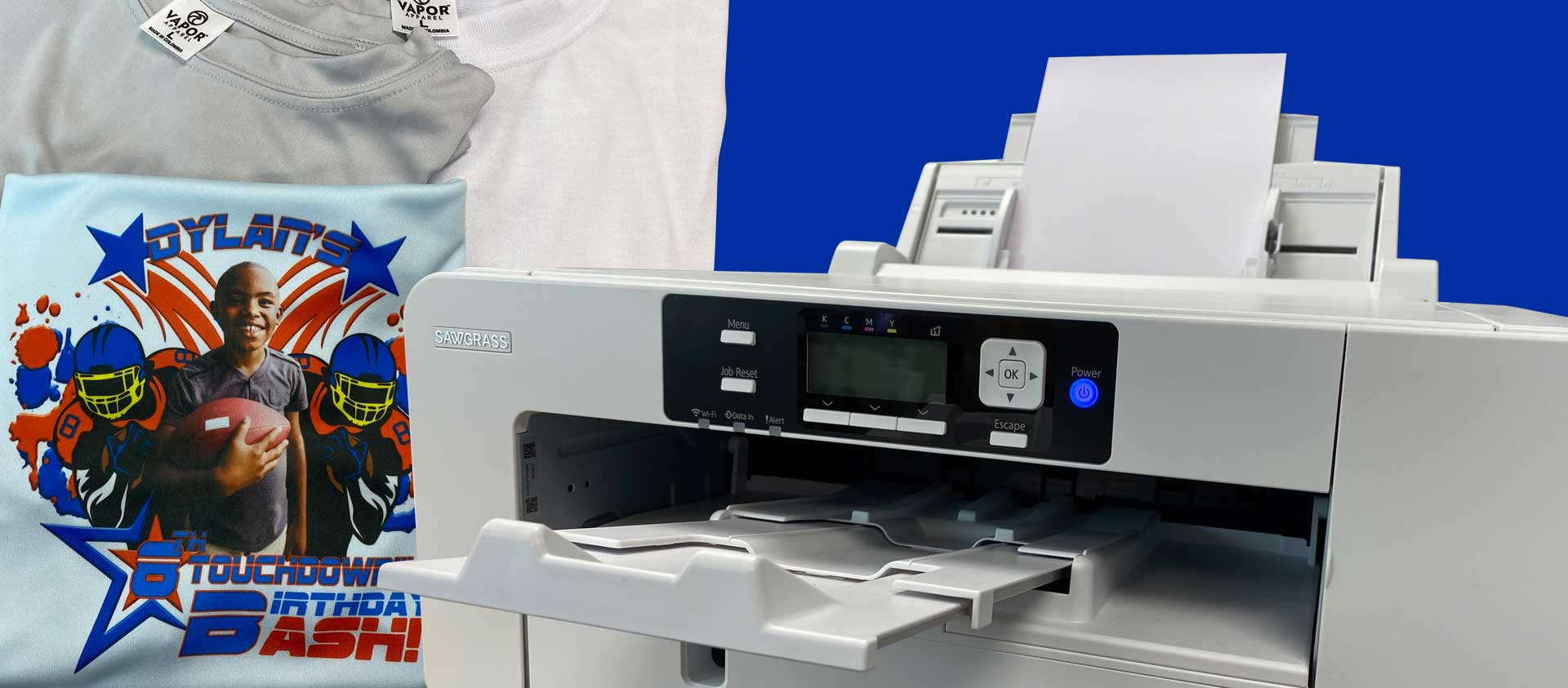Developments in DTF Printing: Exactly How It's Changing the Industry
The textile printing sector is undertaking a considerable improvement, driven by the innovative developments in Direct-to-Film (DTF) innovation. With exceptional ink formulations, boosted movie and sticky technologies, and the assimilation of automation, DTF printing uses lively, resilient prints on a variety of textiles, satisfying the increasing need for personalization.
Developments in DTF Technology
Progressing quickly, DTF (Direct-to-Film) printing technology has actually gone through significant renovations that are reinventing the textile sector. Among the most significant developments is the improvement in print high quality. Modern DTF printers utilize innovative ink formulas that result in vibrant, durable prints with high resolution and shade precision. These inks are specifically crafted for compatibility with different textile kinds, ensuring regular high quality despite the material.

Additionally, developments in film and sticky innovations have actually enhanced the general application procedure. New films use much better flexibility and bond, improving the toughness and washability of the published styles - heat transfer vinyl printing. This ensures that the prints keep their honesty and vibrancy also after numerous laundries
Finally, environmental considerations have actually motivated the advancement of green DTF remedies. Suppliers are significantly embracing sustainable practices, such as making use of recyclable films and water-based inks, aligning with global initiatives to lower the sector's environmental footprint.
Benefits Over Typical Techniques
When comparing DTF printing to conventional approaches such as screen printing and direct-to-garment (DTG) printing, several unique benefits arise. DTF printing. Among the most considerable advantages is its convenience in fabric compatibility. Unlike screen printing, which usually calls for certain textile types, DTF printing can be applied to a more comprehensive series of products, including cotton, polyester, and blends, without endangering print quality
One more significant benefit is cost-effectiveness, specifically for tiny to medium-sized orders. Standard screen printing comes to be economically viable just at greater quantities as a result of the setup prices involved. On the other hand, DTF printing gets rid of these arrangement expenses, making it a lot more economical for smaller sized batches and one-off styles.
Additionally, DTF printing succeeds in sturdiness and washability. In addition, DTF printing uses faster turn-around times.

Enhanced Design Capacities
DTF printing provides boosted layout capabilities that set it besides conventional printing techniques. This innovation permits a broader spectrum of lively colors, elaborate information, and nuanced gradients, providing designers with unmatched flexibility. The procedure entails printing a design onto an unique movie, which is after that moved to fabric. This enables high-resolution prints that maintain clarity and sharpness, also on complex patterns and small message.
Furthermore, DTF printing supports a wide array of materials, consisting of cotton, polyester, blends, and also non-textile substratums. This flexibility opens doors for creative applications in varied sectors such as style, home decoration, and marketing products. Unlike screen printing, which can be restricting because of shade splitting up and pattern development, DTF printing simplifies the procedure, making multi-color and photo-realistic designs a lot more available.
Furthermore, DTF printing succeeds in accomplishing constant shade accuracy and vibrancy. In essence, DTF printing equips designers to push the boundaries of creativity, providing aesthetically sensational results that were formerly unattainable.
Expense and Time Performance
One of the notable benefits of DTF printing exists in its cost and time effectiveness, making it a recommended option for lots DTF printing of organizations. Unlike typical techniques that call for considerable financial investment in screens and arrangement times, DTF printing permits for direct application onto numerous products with marginal prep work.
In addition, DTF printing succeeds in producing brief runs and customized orders cost-effectively. The ability to produce premium prints without the requirement for large quantity commitments decreases waste and optimizes source allowance. This flexibility is especially advantageous for tiny services and start-ups that may not have the resources to purchase large production runs.
In regards to operational effectiveness, DTF printing's streamlined process boosts overall efficiency. The technology's compatibility with a wide variety of fabrics and substrates further broadens its application scope, decreasing the demand for several printing systems. As a result, businesses can accomplish a faster turnaround time, enhancing client complete satisfaction and competition out there. Therefore, DTF printing stands out as a transformative solution in the printing industry.
Future Trends in DTF Printing
Expecting future patterns in DTF printing exposes a landscape marked by quick technological developments and increased market demand (sublimation printing). One substantial trend is the integration of fabricated intelligence (AI) and maker understanding algorithms to maximize print high quality and improve procedures. AI-driven systems can predict potential problems and adjust settings in real-time, making sure continually high-grade output
In addition, improvements in sustainable products and environmentally friendly inks are anticipated to gain grip. As environmental issues end up being much more pressing, the industry is likely to see a shift in the direction of biodegradable and safe inks, lowering its ecological impact.
Modification and customization will certainly additionally play a pivotal duty. With the growing consumer need for one-of-a-kind, personalized items, DTF printing technologies are advancing to provide even more detailed and detailed customization options. This pattern is supported by enhanced software application options that enable for even more complicated and imaginative styles.
Last but not least, the assimilation of DTF printing with various other electronic platforms and e-commerce services will come to be more seamless. This connectivity will certainly enable organizations to provide on-demand printing services straight to consumers, additionally driving development in the market. These fads jointly highlight a future where DTF printing not just fulfills but exceeds the progressing needs of the marketplace.
Final Thought

When comparing DTF printing to conventional approaches such as display printing and direct-to-garment (DTG) printing, numerous distinct advantages arise. Unlike display printing, which commonly calls for specific fabric kinds, DTF printing can be applied to a wider variety of materials, consisting of cotton, polyester, and blends, without endangering print high quality.
DTF printing offers enhanced layout abilities that set it apart from typical printing methods. Therefore, DTF printing stands out as a transformative service in the printing market.
Advancements in DTF printing dramatically enhance the fabric printing sector by supplying premium print adaptability, efficiency, and quality.